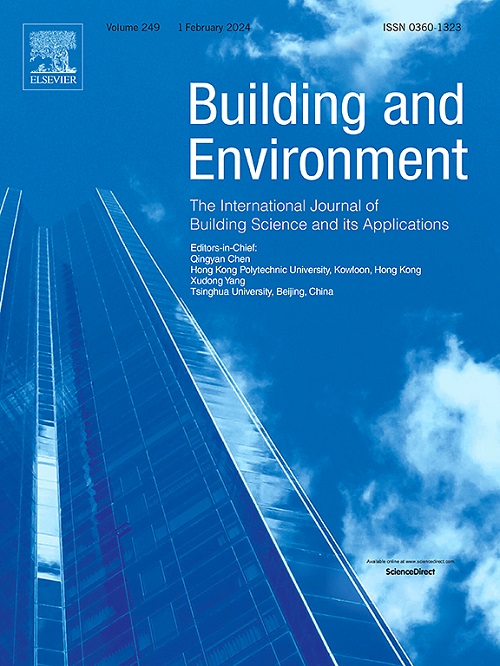Optimizing local climate zones to mitigate urban heat risk: A multi-models coupled approach in the context of urban renewal
IF 7.1
1区 工程技术
Q1 CONSTRUCTION & BUILDING TECHNOLOGY
引用次数: 0
Abstract
Rapid urbanization has substantially transformed the material and energy cycling processes within urban systems. This transformation has intensified the urban heat island (UHI) effect and exacerbated heat-related environmental degradation and public health risks. Local Climate Zones (LCZs), a classification system rooted in similar urban morphological characteristics, provide a valuable framework for analyzing urban thermal environments. Optimizing LCZ configurations to mitigate heat risk offers a scientific basis for multi-scale and context-specific spatial governance. However, existing research seldom integrates LCZ optimization with practical urban renewal strategies. Furthermore, current optimization efforts often prioritize theoretical optima without assessing implementation feasibility. To address these limitations, this study applied the NSGA-II algorithm to optimize LCZ configurations with dual objectives: minimizing heat risk and structural disruption. The FLUS model was subsequently employed to simulate the spatial and quantitative transformation of the optimized LCZ configurations. This approach innovatively introduces an LCZ optimization strategy from the perspective of urban renewal. Implemented in four central districts of Guangzhou, namely Tianhe, Liwan, Haizhu, and Yuexiu, the proposed approach reduced the total heat risk value by 33.14 units through the adjustment of 2088 LCZ-classified grid cells. However, under practical transformation constraints, FLUS model simulations achieved only 48.52 % of the theoretical optimum. This discrepancy underscores the necessity for dual-scale planning strategies that combine macro-scale LCZ configurations optimization with micro-scale urban morphological refinement. Such integrative approaches can enhance urban resilience and support climate-adaptive urban renewal.
优化局部气候带以减轻城市热风险:城市更新背景下的多模型耦合方法
快速城市化极大地改变了城市系统内的物质和能源循环过程。这种转变加剧了城市热岛效应,加剧了与热有关的环境退化和公共健康风险。局地气候带是一种基于相似城市形态特征的分类体系,为分析城市热环境提供了一个有价值的框架。优化LCZ配置以降低热风险为多尺度和特定环境的空间治理提供了科学依据。然而,现有的研究很少将LCZ优化与实际的城市更新策略相结合。此外,目前的优化工作往往优先考虑理论最优,而不评估实施的可行性。为了解决这些限制,本研究应用NSGA-II算法优化LCZ配置,实现两个目标:最小化热风险和结构破坏。利用FLUS模型对优化后的LCZ构型进行了空间和定量的模拟。该方法创新性地从城市更新的角度引入了LCZ优化策略。该方法在广州天河、荔湾、海珠、越秀四个中心区实施,通过调整2088个lcz分类网格单元,降低了总热风险值33.14个单位。然而,在实际转换约束下,FLUS模型模拟结果仅达到理论最优值的48.52%。这种差异强调了双尺度规划策略的必要性,即将宏观尺度的LCZ配置优化与微观尺度的城市形态优化相结合。这种综合方法可以增强城市韧性,支持气候适应性城市更新。
本文章由计算机程序翻译,如有差异,请以英文原文为准。
求助全文
约1分钟内获得全文
求助全文
来源期刊

Building and Environment
工程技术-工程:环境
CiteScore
12.50
自引率
23.00%
发文量
1130
审稿时长
27 days
期刊介绍:
Building and Environment, an international journal, is dedicated to publishing original research papers, comprehensive review articles, editorials, and short communications in the fields of building science, urban physics, and human interaction with the indoor and outdoor built environment. The journal emphasizes innovative technologies and knowledge verified through measurement and analysis. It covers environmental performance across various spatial scales, from cities and communities to buildings and systems, fostering collaborative, multi-disciplinary research with broader significance.
 求助内容:
求助内容: 应助结果提醒方式:
应助结果提醒方式:


